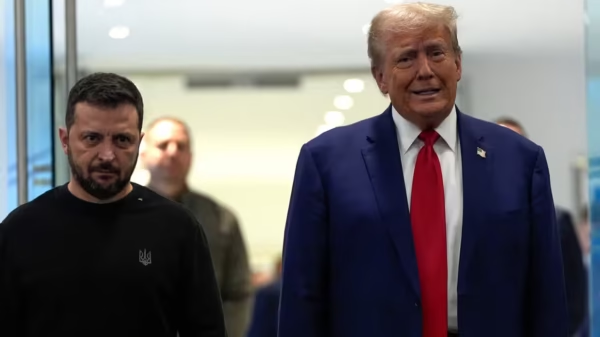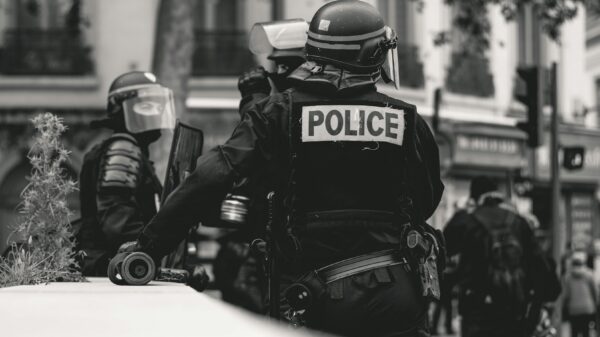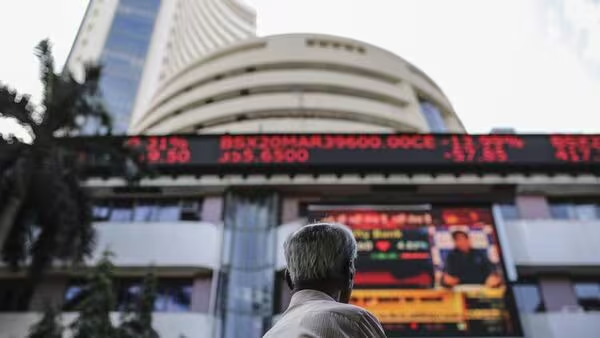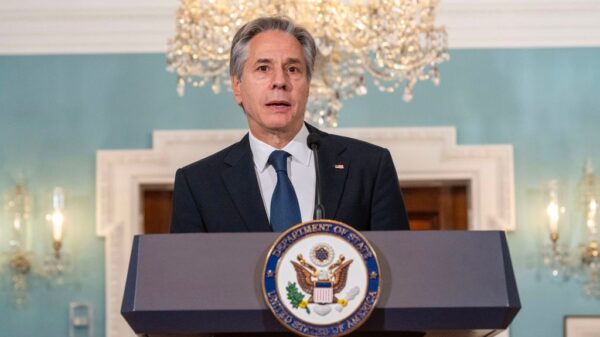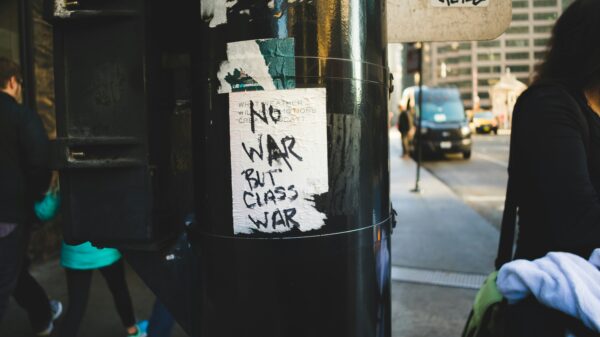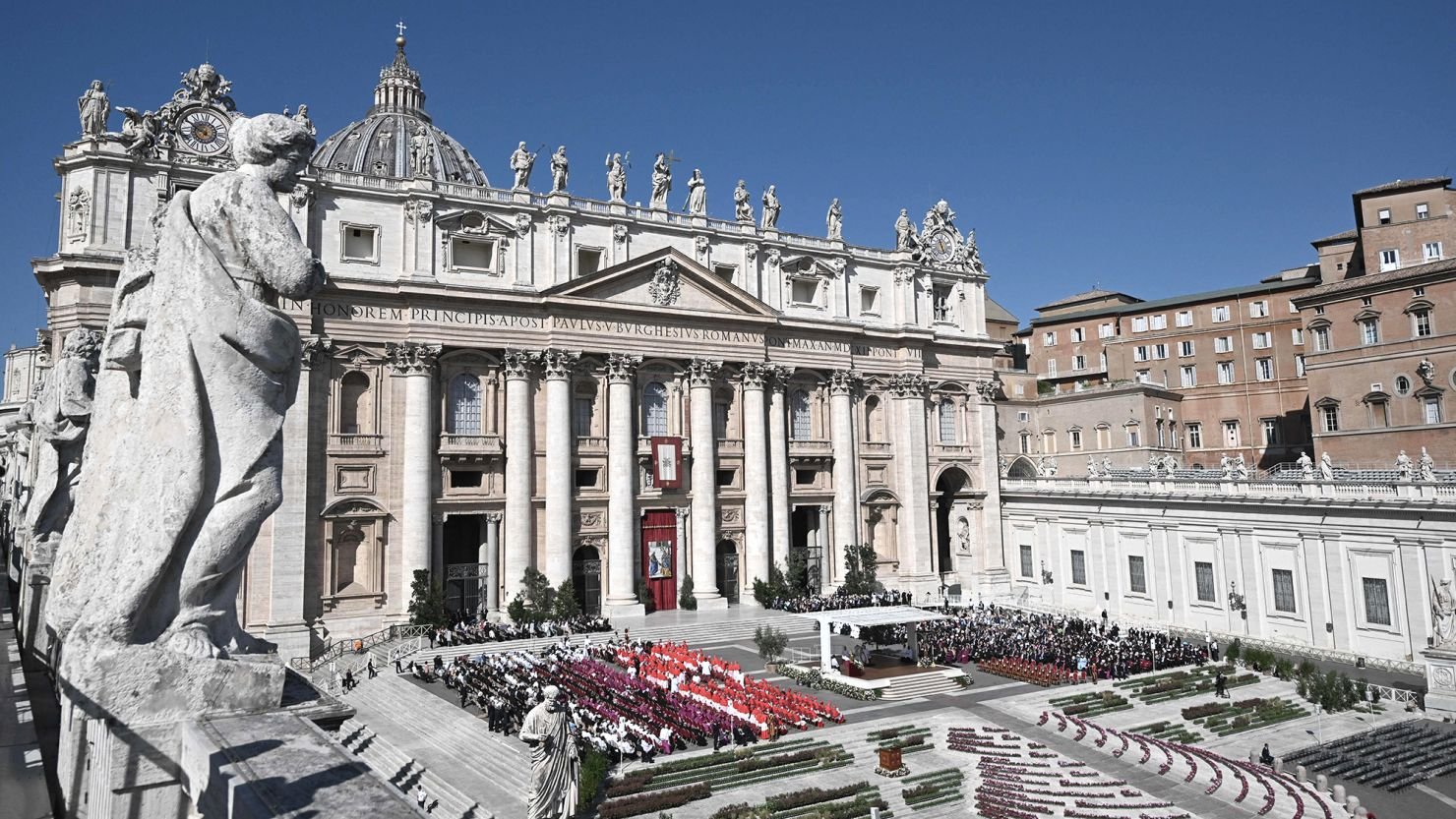Throughout history, supernatural phenomena such as statues weeping blood and visions of the Virgin Mary have captivated the imaginations of the faithful and the curious alike. These occurrences are often perceived as divine interventions or miracles, invoking a sense of wonder and spiritual reflection among believers. In Christian tradition, such phenomena are seen as manifestations of the sacred, offering a tangible connection to the divine and reinforcing faith.
Historical Context
Notable historical incidents include the 1953 case of Our Lady of Syracuse in Sicily, where a plaster statue of the Virgin Mary reportedly wept tears. This phenomenon drew thousands of pilgrims and received official recognition from the Catholic Church. Similarly, the 1917 apparitions of the Virgin Mary to three shepherd children in Fátima, Portugal, have become deeply ingrained in Catholic lore, with the site now a major pilgrimage destination.
These events have had profound impacts, both spiritually and socially. They often lead to the establishment of shrines and increased religious devotion, as well as debates within the Church and among skeptics. Religious authorities typically approach such reports with caution, conducting thorough investigations to ascertain their authenticity. The Church’s endorsement or rejection of these phenomena can significantly influence public perception and devotion.
Recent Incidents
In recent years, several cases of statues weeping blood and visions of the Virgin Mary have gained media attention. For instance, a statue of the Virgin Mary in Hobbs, New Mexico, reportedly began to weep in 2018, attracting widespread interest and prompting an investigation by the local diocese. Similarly, in 2016, a statue in a church in Bolivia was said to have wept blood, leading to similar scrutiny.
These contemporary incidents often share common features with historical cases, such as the presence of a religious artifact, the occurrence of the phenomenon during a period of religious significance, and the subsequent influx of pilgrims. However, modern cases are also distinguished by the rapid dissemination of information through social media, leading to quicker and more widespread public awareness.
Understanding the historical and recent contexts of these supernatural phenomena is crucial for comprehending the Vatican’s new advice. By examining past and present cases, one can appreciate the enduring significance of these occurrences in the Christian tradition and the ongoing challenges they pose for religious authorities in discerning their authenticity.
The Vatican’s New Guidelines: Assessing the Authenticity of Supernatural Phenomena
The Vatican has recently issued updated guidelines for assessing the authenticity of supernatural phenomena, such as statues weeping blood and visions of the Virgin Mary. These guidelines stem from the Church’s desire to balance faith with reason, ensuring that any claims of supernatural events undergo rigorous scrutiny before being acknowledged as genuine. The key motivations behind updating these guidelines include the need to address the increasing number of such reports and to provide a clear, standardized process for evaluation.
The evaluation process outlined by the Vatican is multi-faceted, involving several critical steps. Initially, local bishops play a pivotal role in the preliminary assessment of any reported phenomena. They are tasked with gathering initial evidence and conducting a thorough investigation. This investigation involves theological, medical, and psychological evaluations to determine if there are natural explanations for the events in question.
Theological evaluations are conducted to ensure that the reported phenomena align with Catholic doctrine and teachings. Medical evaluations are crucial in verifying whether the occurrences, such as weeping statues, have any scientific basis or natural causes. Psychological assessments are employed to rule out any mental health issues that might explain the experiences of those claiming to witness supernatural events.
If the initial assessments by local bishops yield inconclusive results, the case is then referred to the Vatican’s Congregation for the Doctrine of the Faith. This body undertakes a more in-depth examination, drawing on a wider array of expertise and resources. The involvement of the Congregation underscores the importance the Vatican places on maintaining doctrinal integrity while also acknowledging the potential for genuine supernatural occurrences.
For believers, these guidelines provide a framework that ensures their faith experiences are taken seriously and investigated thoroughly. For skeptics, the rigorous, evidence-based approach offers reassurance that the Church does not accept supernatural claims lightly. Ultimately, these guidelines aim to strike a balance between fostering faith and upholding rational inquiry.
The introduction of these updated guidelines is likely to impact future reports of supernatural phenomena significantly. By setting clear criteria and a structured process, the Vatican hopes to bring greater clarity and credibility to the evaluation of such events, fostering a deeper understanding among both believers and skeptics.


